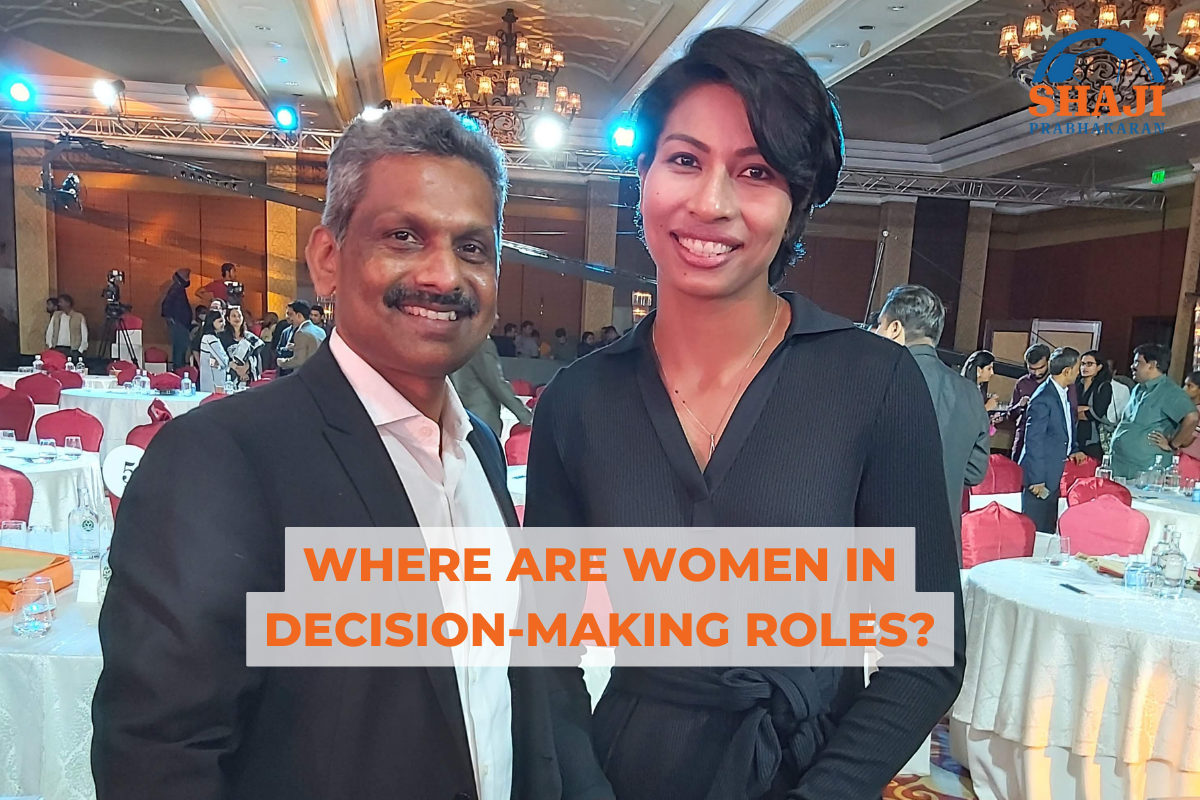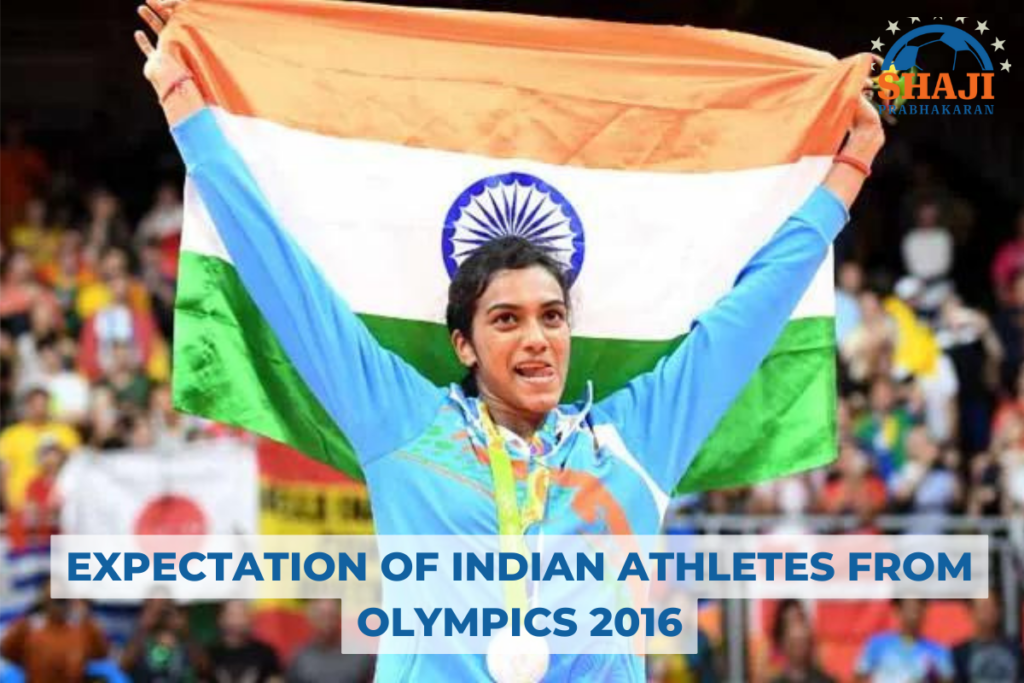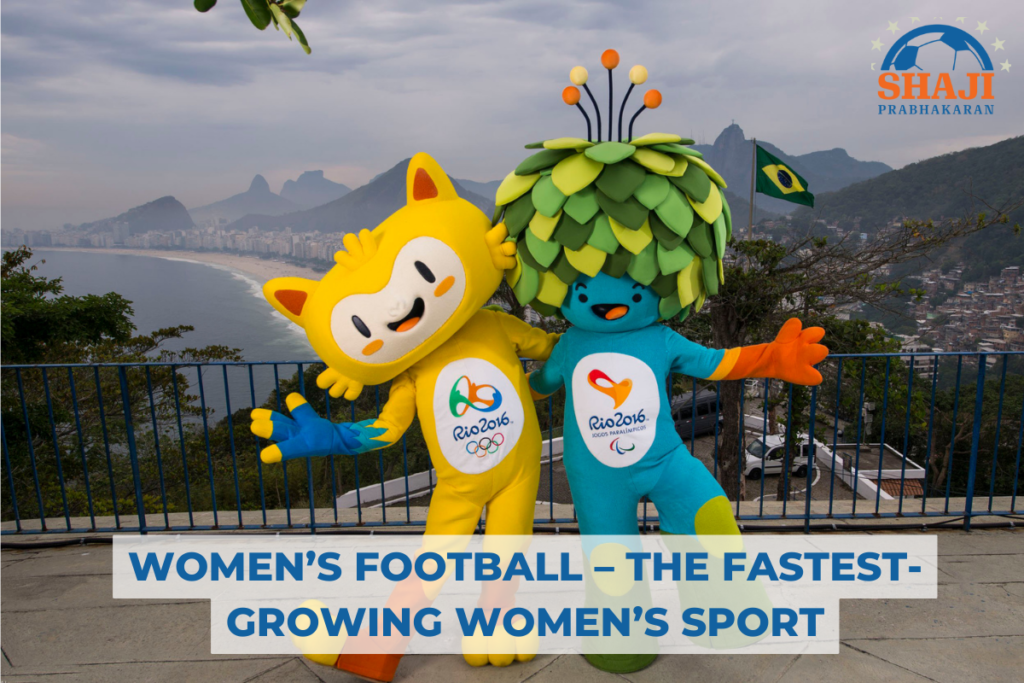Traditionally, sports have been dominated by men, both in terms of participation and governance. Women were excluded from the first modern Olympic Games, held in Athens in 1896, and when women made their Olympic debut in Paris in 1900, they were only 22 among 997 competitors.
Today, globally, women’s participation in sports governance structures has slightly improved. As of July 25, 2020, 39 out of the 104 (38 percent) active IOC members are women. In India, the situation is far from encouraging, as there are a negligible number of women holding leadership positions or taking part in decision-making roles across the level and structure of sports organizations. Female underrepresentation in sports organizations is not only an Indian concern but also a global one. Furthermore, negative gender stereotyping and gender-based violence are deeply embedded in the daily realities of many athletes at certain levels.
At the same time, sports can contribute to achieving equality through the establishment of general values such as fair play, non-discrimination, and teamwork. It can also be used to increase opportunities for girls if local contexts and gender relations are taken into account and addressed. Sport can give women and girls access to public spaces where they can gather, develop new skills, gain support from others, and enjoy freedom of expression and movement. It can promote education, communication, negotiation skills, and leadership, all of which are essential to women’s empowerment.
A growing list of Champion women—India’s Pride
Sport must take the lead in exemplifying gender equality, as it is one of the most powerful platforms for promoting gender equality and empowering women and girls. In India, more and more girls are taking up sports, and our women are making India proud by winning medals at the Olympics and World Championships. At the 2016 Rio Olympics, two Indian women—badminton star PV Sindhu and freestyle wrestler Sakshi Malik—saved the Indian contingent from returning home empty-handed, winning silver and bronze, respectively.
In Tokyo, the Indian women’s hockey team showed spirit to go all the way to the bronze playoff. The team led by Rani Rampal played their hearts out before finishing fourth.
Among individuals, Sindhu won back-to-back medals, coming back from the disappointment of losing her semi-finals to win the bronze playoff. Weightlifter Mirabai Chanu won silver in the 49kg class early in the Games, inspiring India’s record haul of seven medals. Boxer Lovlina Borgohain’s bronze ensured three of those who made it to the podium were women
Indian women almost took home a fourth when young golfer Aditi Ashok exceeded all expectations to be in medal contention till the final stages before finishing fourth. PT Usha the queen of Indian athletics, dominated Asia in the 80s. She narrowly missed the podium finish in the 1984 Olympics which was the phase when we saw the emergence of many women champions at the Asian level.
The first woman to win an Olympic medal for India was Karnam Malleswari when she won a bronze in the weightlifting 69kg women’s category at Sydney Olympics in the year 2000 after a 12-year gap, we witnessed Mary Kom and Saina Nehwal winning the bronze in Boxing and Badminton respectively at London Olympics. Nilima Ghose was the first Indian woman to compete in Olympic Games, Helsinki 1952 where she participated in the 100m sprint and 80m hurdles. Not to forget the first ever medal by an Indian, Anju Bobby George bronze medal in the Long Jump in the 2003 IAAF (Athletics) World Championships. Anju bagged a historic award in 2021, she was World Athletics (WA) Woman of the Year because of her exceptional work in grooming young athletes and advocating gender equality.
At the 2016 Rio Paralympics, Deepa Malik won silver. She became the first Indian woman to win a medal at the Paralympics. Deepa’s feat brought about a paradigm shift in society, and we saw athletes like Bhavina Patel (table tennis) and Avani Lekhara (shooting) stand on the podium at the Tokyo 2020 Paralympic Games.
These champion women athletes together with all other sportswomen who dared to dream big with tremendous hard work, struggles, commitment, achievements, and sacrifices inspired the generations of girls to dream big. If some of them reach leadership positions, then we can expect a major impact on women’s sports in India.
Growing women workforce in Indian sports
More women are joining the sports industry – a growing number of women are part of sports firms, leagues, and sporting organizations, in operations, communication and media operations, marketing, legal, technology, data analytics, etc. roles, and we can see women are also part of startups in sports and investing in sports more than ever. Similarly, we can see more women are taking up coaching and officiating roles with different sports. Even we can see women are initiating social projects involving sports through their own NGOs to promote gender equality and empowering women’s. Some of these incredible women deserve to be part of decision-making boards, especially in Federations/ Associations at every level and structure.
More women’s reaching leadership positions and position of influence would significantly impact women’s sports in India and we would witness significant rise in girls’ participation at all levels.
IOC Initiatives – Gender Equality
In 1996 the IOC took the historic step of amending the Olympic Charter to include an explicit reference to the IOC’s role in advancing women in sport for the first time: “The role of the IOC is to lead the promotion of Olympism in accordance with the Olympic Charter. The IOC strongly encourages, by appropriate means, the promotion of women in sport at all levels and in all structures, particularly in the executive bodies of national and international sports organizations with a view to the strict application of the principle of equality of men and women.” (Olympic Charter, 1996).
Olympic Agenda 2020+5 In May 2021, the IOC approved 21 Gender Equality and Inclusion Objectives for 2021-2024. These objectives build on the progress achieved as part of Olympic Agenda 2020 and the IOC Gender Equality Review Project and set out actions to help achieve Recommendation 13 of Olympic Agenda 2020+5. Based on consultations with internal and external stakeholders, and taking into account the global context, the objectives centre around five focus areas: Participation, Leadership, Safe Sport, Portrayal and Resource Allocation, and are categorised into the IOCs three areas of responsibility: The IOC as an organisation, The IOC as owner of the Olympic Games and the IOC as the leader of the Olympic Movement. The IOC is leading the implementation of the objectives with support from the NOCs, Organising Committees of the Olympic Games (OCOGs) and IFs.
The rescheduled 2021 Tokyo Olympics saw gender balance brought about for the first time in the history of the Games. Of the over 11,000 competitors in Japan, 49 percent were women athletes. It was a clear improvement from the 45 percent of the total women athletes at the 2016 Rio and 2012 London Games.
The IOC added 18 mixed-gender events at the Tokyo Games to ensure gender balance gave many women athletes a chance they would otherwise not have got to compete. IOC’s “Gender Equity” initiative to encourage more female athletes to compete at the Olympics was an excellent move.
At Tokyo, boxing was one of the disciplines that gave more opportunity to women athletes as 100 competed across five weight categories while two men’s weight divisions were dropped from the Olympic roster. Changes were made in several sports, including shooting. The men’s rifle (prone), free pistol and double trap were replaced by mixed team events.Several countries, including China, Canada and Australia, sent more women athletes than men to Tokyo, which is a healthy sign.
Encouraging more women athletes to take up sports will not only improve the overall standard of competition, but will have a positive impact on socio-economic factors, especially in a vast country like India.
Exceptions – women in leadership positions
Exceptions are Paralympic medalist Deepa Malik, who heads the Paralympic Committee of India (PCI), and world bronze medalist in long jump, Anju Bobby George, who is senior vice-president of the Athletics Federation of India (AFI).
Few of the NSFs have co-opted women members in the governance structure but these numbers are negligible. Unfortunately, gender equality is certainly far away from any discussion table of many sporting bodies, which is certainly needs to change for the better.
In my opinion, empowering more women in the decision-making system in India will give a boost to women’s sports culture, which is being dwarfed in a male-dominated society.
National Sports Code – can be a source of empowerment
The 2011 National Sports Code supports having a specific percentage of sportsmen in the Executive Committee/ board in the NSFs but there is no mention of mandatory women members in the decision-making board. This anomaly can be corrected as mandatory provision for certain percentage of women members in the executive committee would force the organisation to fast track the gender equality measures in the governance part of sports.
Global examples
Globally, especially in Europe, and even in many other Asian nations, number of women in the boards of federation has increased. In 2015, reforms within FIFA brought a significant change in gender equality and currently there are 6 women members out of 37 members in the FIFA’s Council. Likewise, UEFA and AFC and many European Sports bodies, too have ensured more women in their boards.
In Australia, 35.3% of organisations have achieved gender balance of Board Directors (40–60%) in 2019-20 from 29.4% when first reported for FY 2018–19, according to report by Champions of Change Coalition (Pathway to Gender Equality in Sport) 2019-2020.
In 2016, Sport England and UK Sport launched ‘A Code for Sports Governance’ to drive improvement across all areas of governance. The Code has supported improvements in decision-making structures, Board diversity (particularly in the area of women on Boards), transparency, accountability and financial integrity across the sector and organisations have done commendable work to reach this level.
Through Women’s commissions many sporting organisations across the globe are engaging more women’s in sport governance.
Conclusion
In India too, the NSFs must increase women’s participation in governance. The Indian defence services, for example, have given permanent commission for women now. More women involving in governance of sports would send a positive message of inclusion and gender equality which would be encouraging for the growth of sports in India.
In my opinion, having more women on board will have a significant impact on the young girls who want to emulate their role models.


